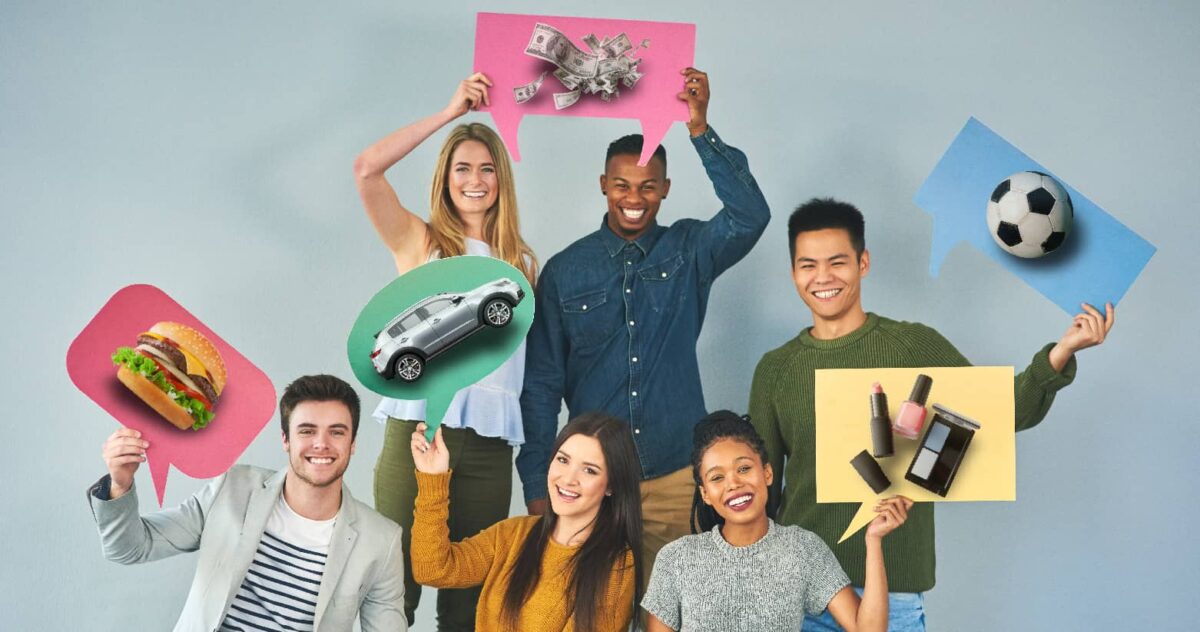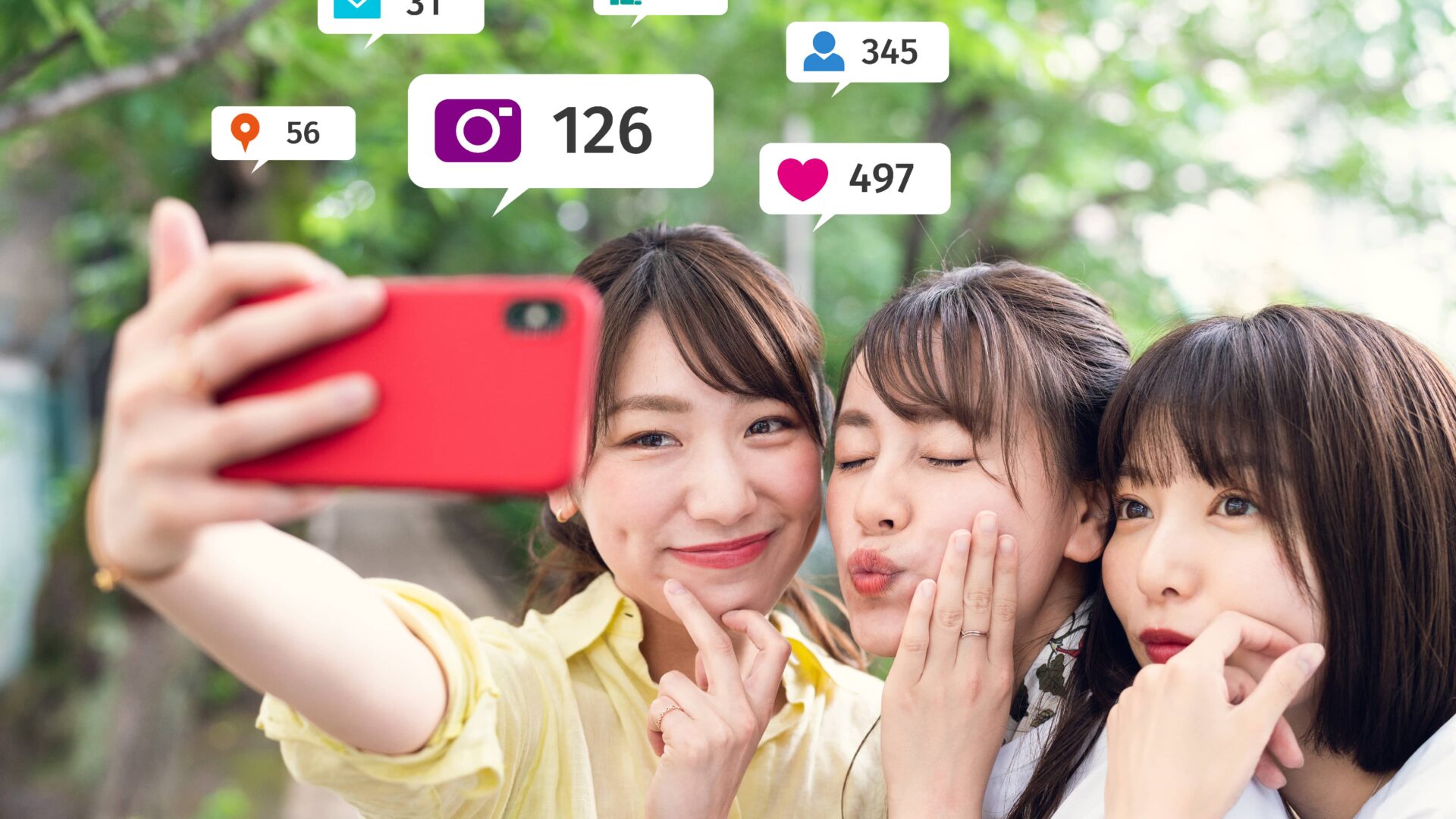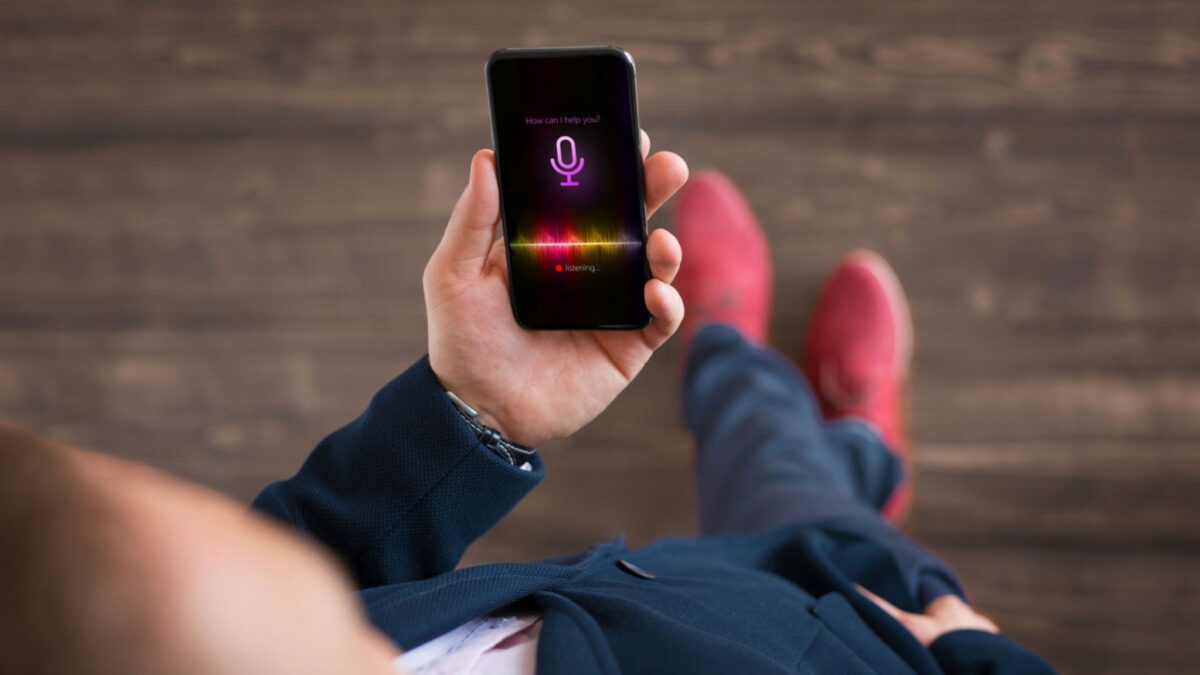Brands earn an average of $5.78 for every $1 they spend on influencer marketing. The influencer marketing industry continues to change and become more complex. It’s vital that brands know how to effectively navigate this industry to further reach targeted audiences, raise brand awareness and even hit sales goals.
This article will strengthen your ability to navigate the influencer marketing industry and utilize influencer programs to achieve your brand goals.
What Is Influencer Marketing, and Why Does It Matter for Brands?
Influencer marketing is the partnership between brands and social media influencers (or just “influencers” for short). Influencers are individuals who have large followings on social media. These individuals often use their platforms to promote products, events and services in exchange for freebies or monetary compensation.
Capitalizing on the rapidly growing influencer marketing industry is not as easy as finding a Gen Zer with 20K+ followers and having them post your product on their feed. A lot of groundwork and behind-the-scenes action need to take place to make the most out of this process. Brands need to do their research when considering an individual influencer to be the temporary face of their brand and when incorporating influencer partnerships into their broader social media strategies.
Brands, Ask Yourselves: Do the Influencer’s Values Align With Ours?
Content generated by social media influencers should support and align with your brand’s values and representation.
When partnering with brands, influencers have the responsibility to inform their audience (prospective customers) about your brand’s products or services. Potential influencers will showcase the benefits of your brand’s products or services in creative ways. When determining whether a potential social media influencer’s values and personal brand aligns with yours, it’s important to ask these questions:
- Will this influencer bring awareness to our brand in a way that reflects who we are or in a light that we want to be viewed in?
- Will this influencer’s audience be likely to purchase our goods or services?
- Will this partnership generate sales, raise brand awareness or reach our targeted audience?
Brands should choose to work with an influencer who markets their products or services in a way that communicates “I love this, I want this and I need this!” By selecting an influencer whose value aligns with your brand’s, you can assure the best representation of your product or service.

Do Their Audience’s Interests Align With Our Brand?
Partnering with just any social media influencer is not going to work. Brands need to be strategic to capitalize and ensure a high ROI from their partnership. When observing a potential social media influencer’s audience, consider two things: Do their audience’s interests align with our brand, and is this the type of audience we want to connect with?
Consider how MAC Cosmetics (MAC) partnered with social media influencer Patrick Starrr to launch a collaborative product line. Patrick Starrr is a makeup and beauty influencer who’s garnered a large following (including more than three million YouTube subscribers) through content centered on makeup tutorials. There is a strong audience crossover between MAC and Starrr’s subscribers, many of whom specifically wear MAC products, which allowed the partnership to align in both parties’ interests—and to add value to both audiences.
What Are the Demographics of Their Audience?
Understanding your audience’s demographic is crucial for the success of any campaign. This is even more critical when partnering with social media influencers. It’s not enough that the individual influencer is a customer and can represent your brand, but their audience should also align with your brand’s values and marketing goals.
Dave, a mobile banking app, partnered with pop singer Jason Derulo for a TikTok campaign, #DaveAdvanceDance. This campaign promoted the Dave app’s cash advances, resulting in 57.5 million views. Dave, along with other financial technology companies, wasn’t immediately popular among younger generations. The partnership with Derulo helped expose Dave to a younger audience, garnering interest in financial technology.
It goes without saying that utilizing TikTok as the main platform for this campaign was fundamental to its success. TikTok is the most popular social media platform today, with over 1.8 billion active users, 29.5% of which are people ages 20-29. Equally important, TikTok users already see the platform as a viable, trustworthy place to find substantive financial advice.
Conducting comprehensive research prior to partnering with a social media influencer is vital to the partnership’s success. Dave’s goal when partnering with Jason Derulo was to tap into a younger audience and amass their interest in financial technology. Dave could have gone in a different direction, but Derulo’s multimillion follower count on the world’s largest app made their partnership a clear success.

Does the Influencer Have a Good Image?
Social media influencers are individuals who have built up a large following and have crafted their own distinct image and identity. Brands typically reach out to influencers to tap into their preexisting audience. This allows brands to reach a new audience that they might not otherwise reach. This is also why it’s so important for brands to thoroughly investigate a potential influencer prior to striking a partnership with them.
Image is everything, especially in the social media influencer game. Brands will need to keep a keen eye on which influencers are in and which ones are out.
Brands, ask yourselves, “Has this influencer been called out before for questionable behavior or statements?” and “Are they likely to fall out of favor with the public?” Brands can be susceptible to collateral damage in the event that the influencer they are endorsing becomes involved in controversy. As mentioned previously, ensuring that a potential influencer’s values align with yours can mitigate potential PR crises.
Assess the Terrain
Influencer marketing is not foolproof. There are pitfalls that can be detrimental to your brand if you go about influencer marketing the wrong way. Execution is everything, and it often outweighs the original intent.
Adidas partnered with celebrity Naomi Campbell for a social media marketing campaign. Campbell copied and pasted the instructions Adidas sent to her without carefully pasting the actual caption for the campaign. It was a small mistake but was embarrassing for both parties nonetheless. Brands, make sure to carefully assess the optics—good or bad—both when selecting an influencer and when designing your campaign.
Brands, Act Now!
The common idiom “It’s nice to put a face to the name” is especially true for brands and their marketing campaigns. Influencers give brands the chance to personalize their product or service, among other benefits. MAC Cosmetics partnering with Patrick Starrr allowed MAC to engage with a younger and more diverse audience. Currently, the influencer marketing industry is worth $16.4B and is projected to reach $22.3B by 2024.
If you are still debating whether influencer marketing is right for you—spoiler alert, it is! Eighty-nine percent of marketers report that the ROI of influencer marketing is comparable to or higher than other marketing channels. Review your campaign goals and objectives. Then conduct thorough research into your list of potential influencers to select the individual who not only can do the work, but also aligns with your brand to ensure a successful partnership.
Sign up for our monthly newsletter to get more content like this.



